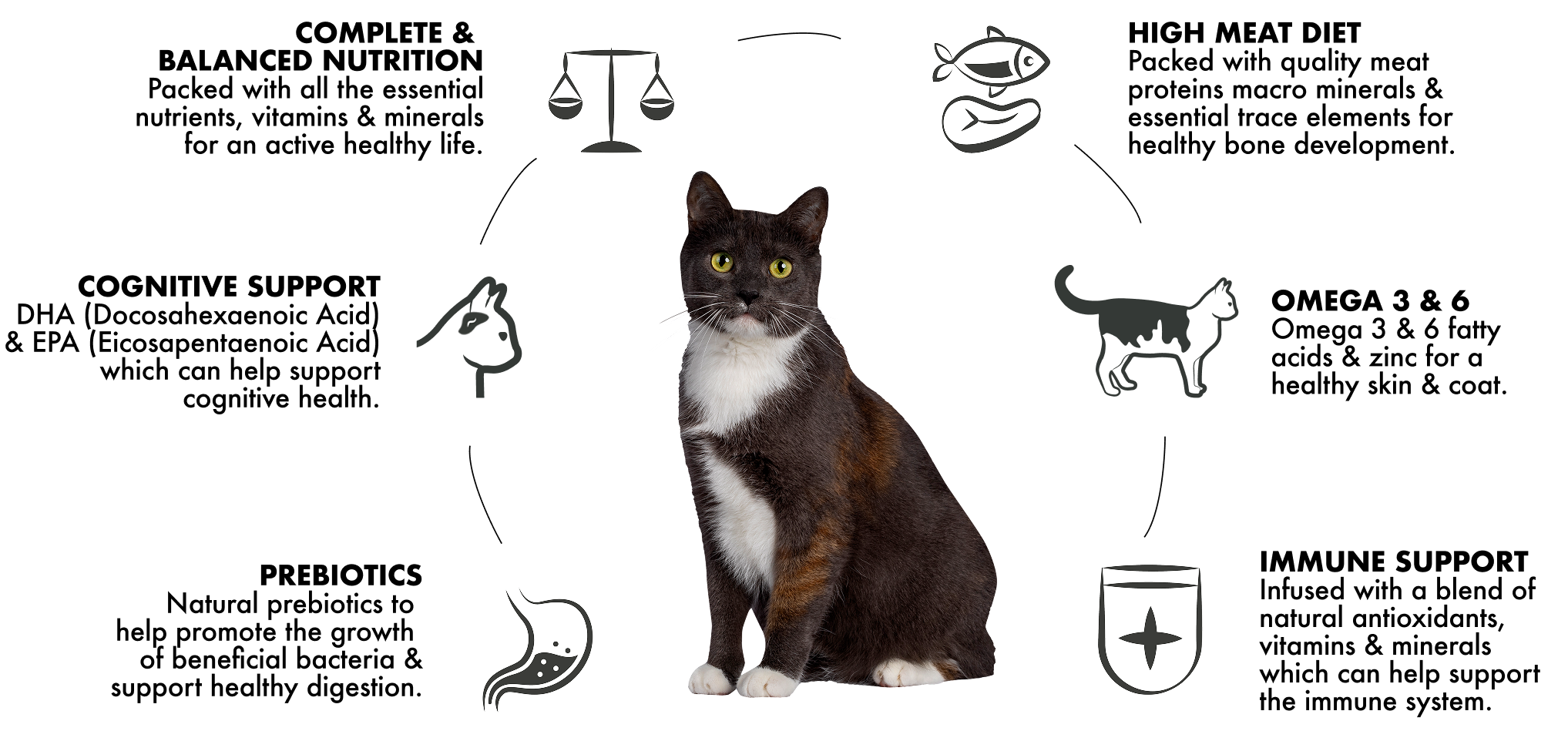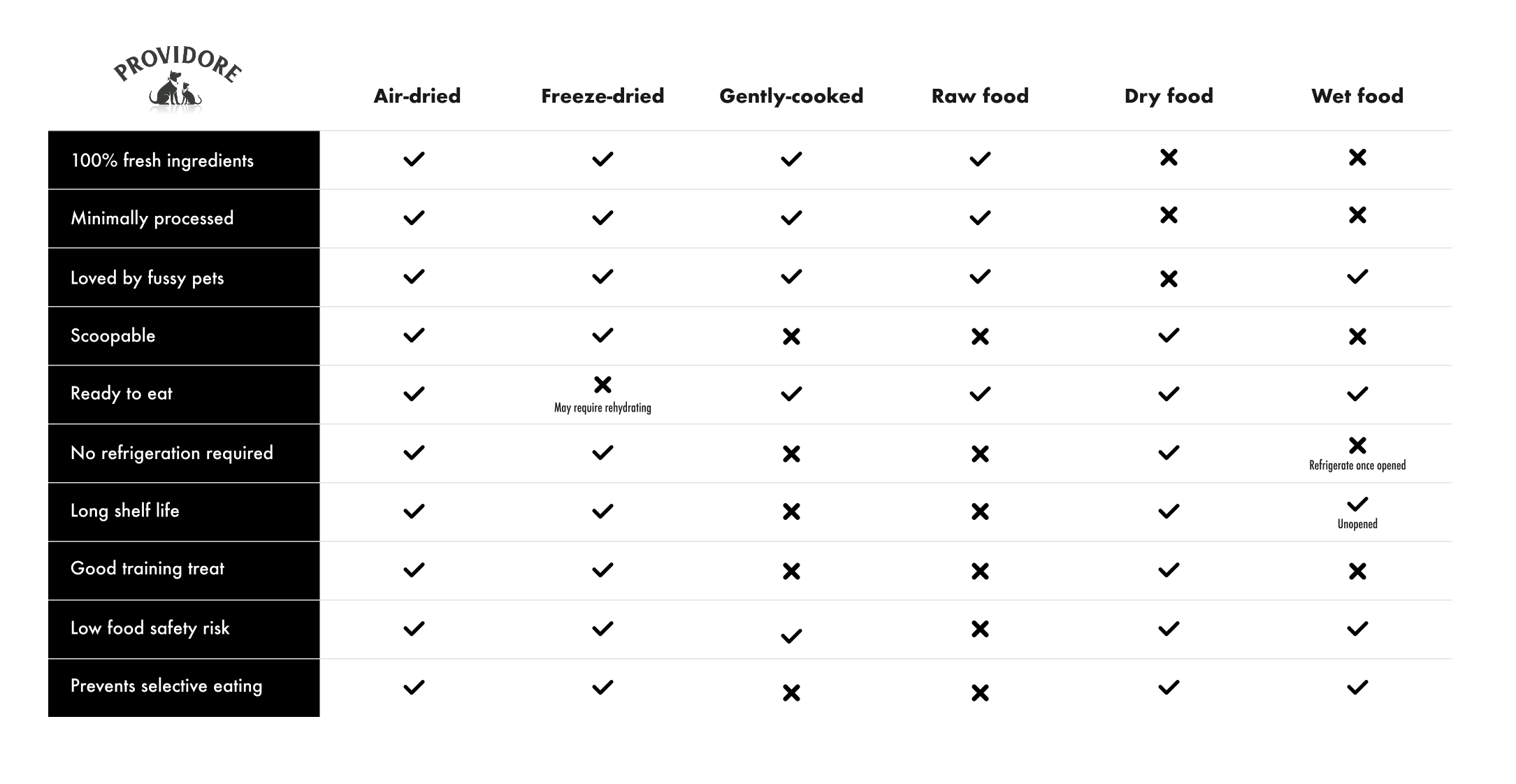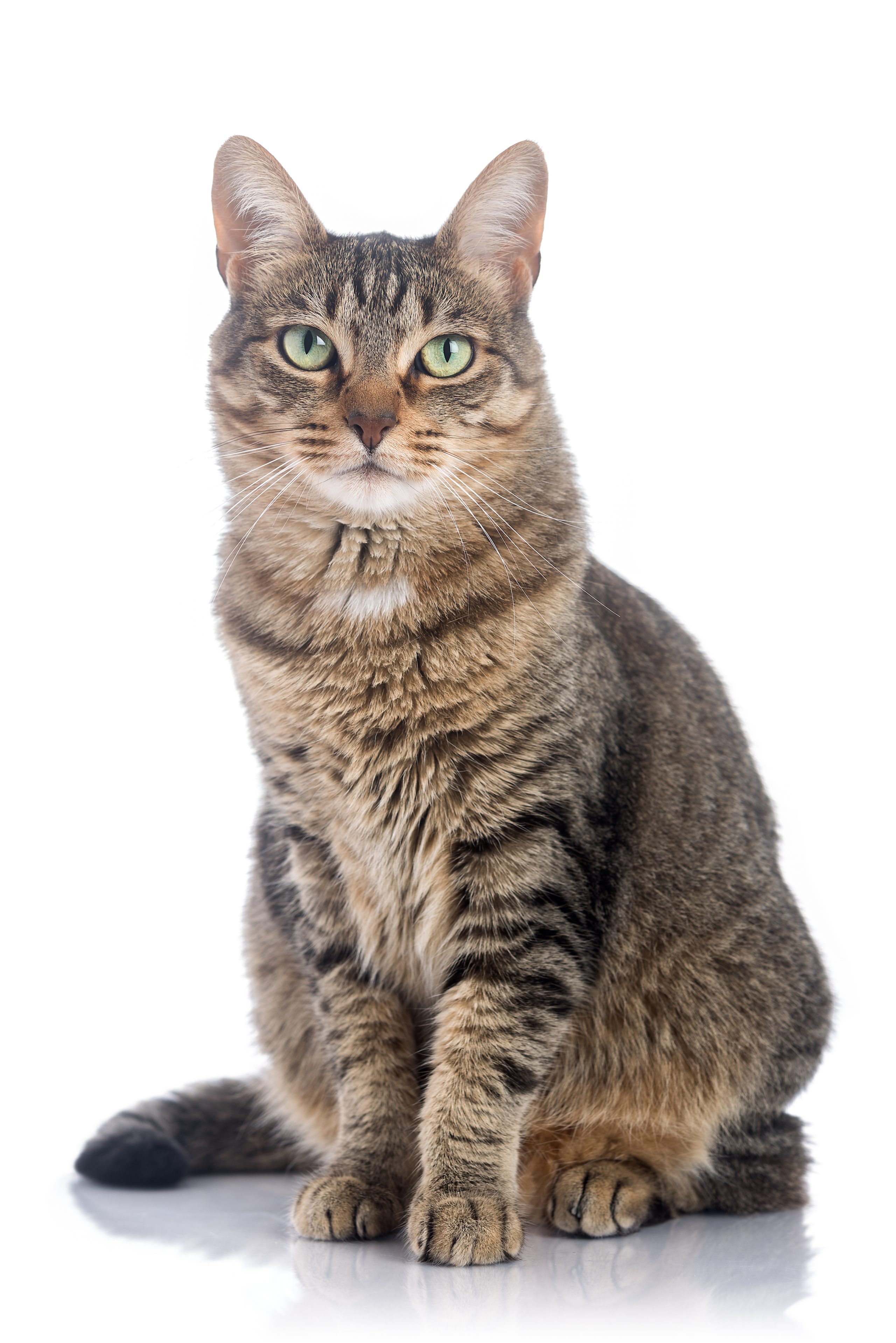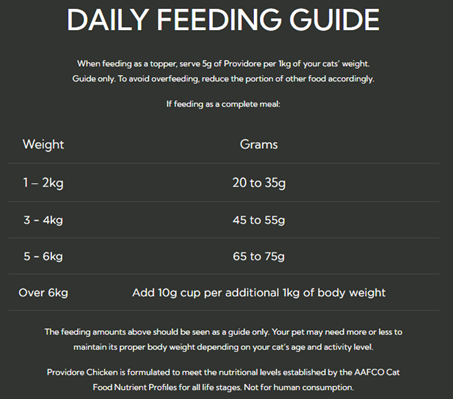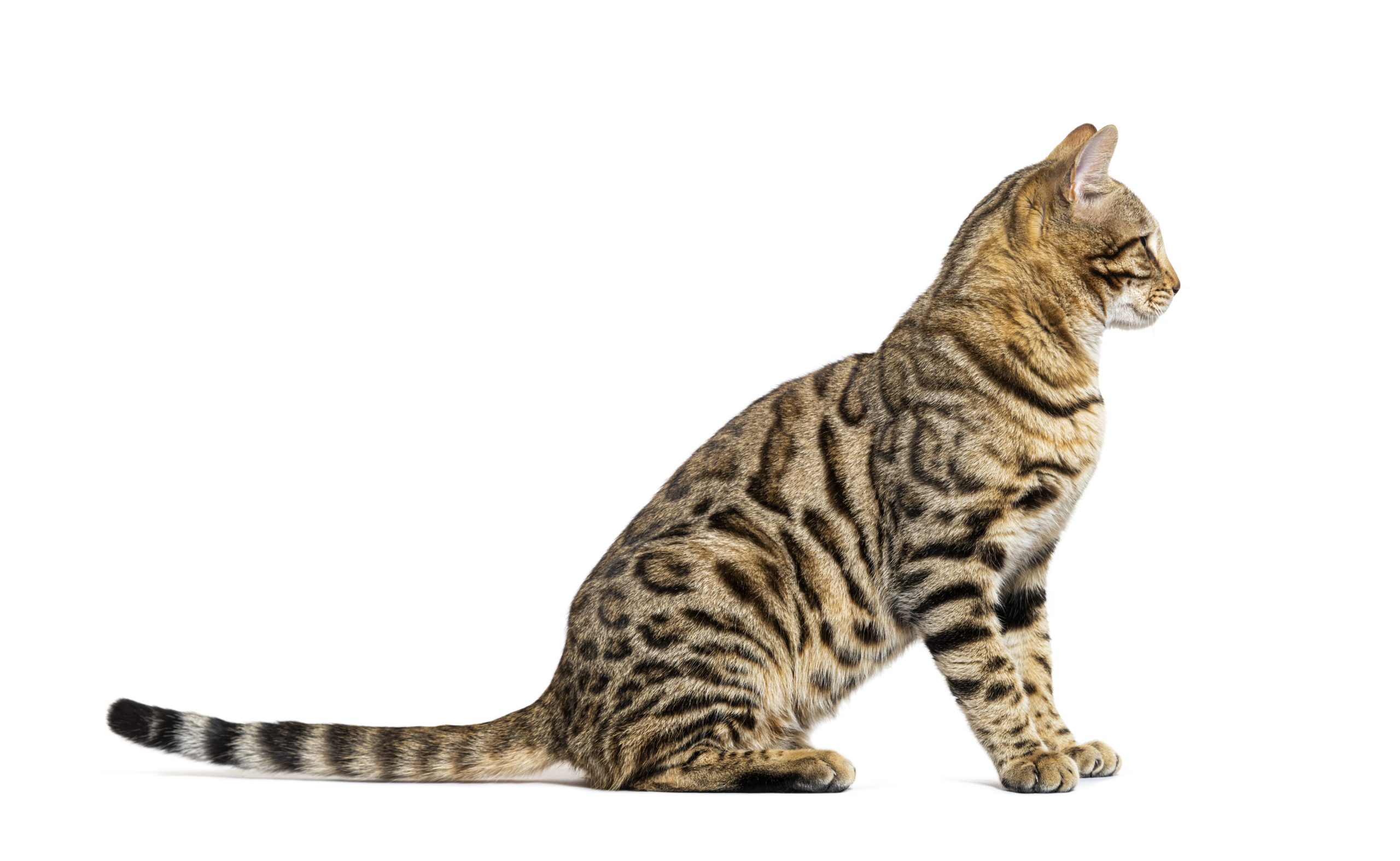Dry cat food
Dry cat food, also known as kibble or cat biscuits, is a popular food option amongst cat owners as it’s widely available in a range of price points with a long shelf life. Kibble is made by extrusion, a process that applies high levels of heat to cook the food, removing moisture and killing foodborne pathogens.
Wet cat food
Wet cat food often comes in tins or sachets and is a favourite of many cats. Like kibble, it is cooked at a high temperatures; however, it is cooked in its final packaging to maintain higher moisture levels. The high water content and meaty texture carries a stronger aroma which can entice and appeal to fussy cat’s senses.
Raw cat food
Raw food diets are all about feeding natural ingredients that have not undergone any nutrient-altering processes. Some raw food diets aim to mimic the diet of ancestral wild cats, made up of only meat, offal, and bones. Others may take a more balanced approach, feeding a mix of raw meat, fruits, vegetables and supplements.
Feeding raw diets, especially homemade diets, can be challenging. It’s messy, smelly, and takes time. It can also be difficult to source offal and other obscure ingredients required to make a diet complete and balanced.
Then there is the food safety risks. Care needs to be taken when handling raw diets. Because the ingredients are not processed, there is no step that kills foodborne pathogens during preparation. Practice good hygiene to minimise the risk to you and your family.
Fresh, gently cooked cat food
Gently cooked cat foods utilise a low heat for gentle cooking to kill common foodborne pathogens. This low temperature ensures the nutritional integrity of the food is maintained more closely to the original ingredients.
If you are making fresh, gently cooked cat food at home, make sure to follow a complete and balanced recipe from a qualified pet nutritionist, using high quality ingredients and practicing good hygiene when handling raw ingredients.
Freeze-dried cat food
When making freeze-dried cat food, raw ingredients are combined into a mixture which is then frozen and processed via sublimation to remove the water content. The end result is a light, high-protein food that is highly palatable, can be stored at room temperature, and is full of nutrients undamaged by cooking.
You can feed your cat more than one type of cat food with mixed feeding
Rather than sticking to one type of cat food, many cats love some variety at dinner time. Mixed feeding, where two or more types of cat food are fed in one meal, engages all your cat’s senses and can tempt fussiest cats to take a bite.
Air-dried foods like Providore offer a quick, easy and nutritionally sound way to sprinkle your cat’s diet with happy, healthy additions to their main meal. Or maybe they’d love a wet food with a gravy sauce mixed into a meaty base of Providore. It’s a small thing that can make their meals seem new and exciting.
When mixed feeding, take care not to overfeed. The food used as a base should make up 70% of your cat’s daily calories, and the topper you mix in or add on top should be no more than 30% of your cat’s daily calorie requirements.
